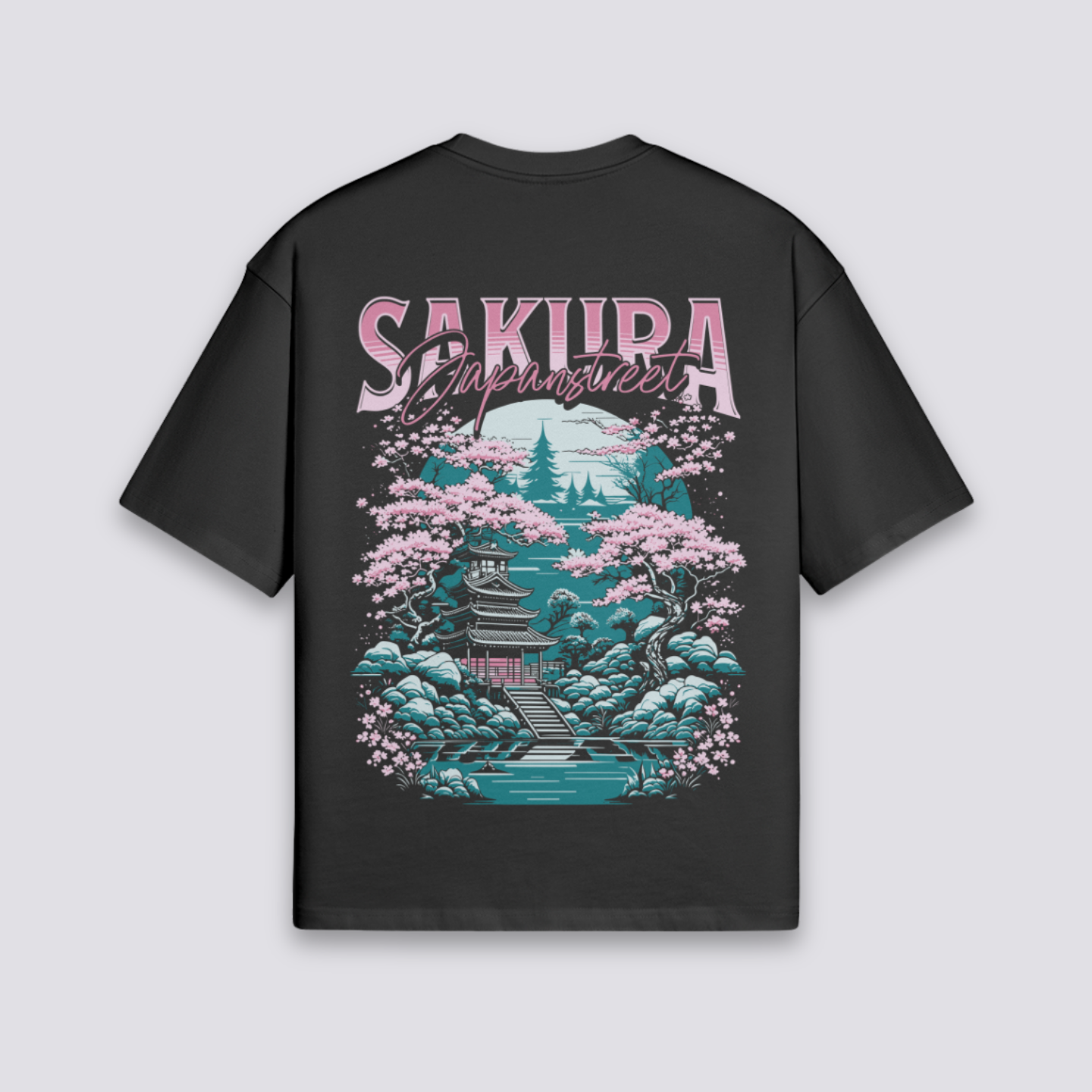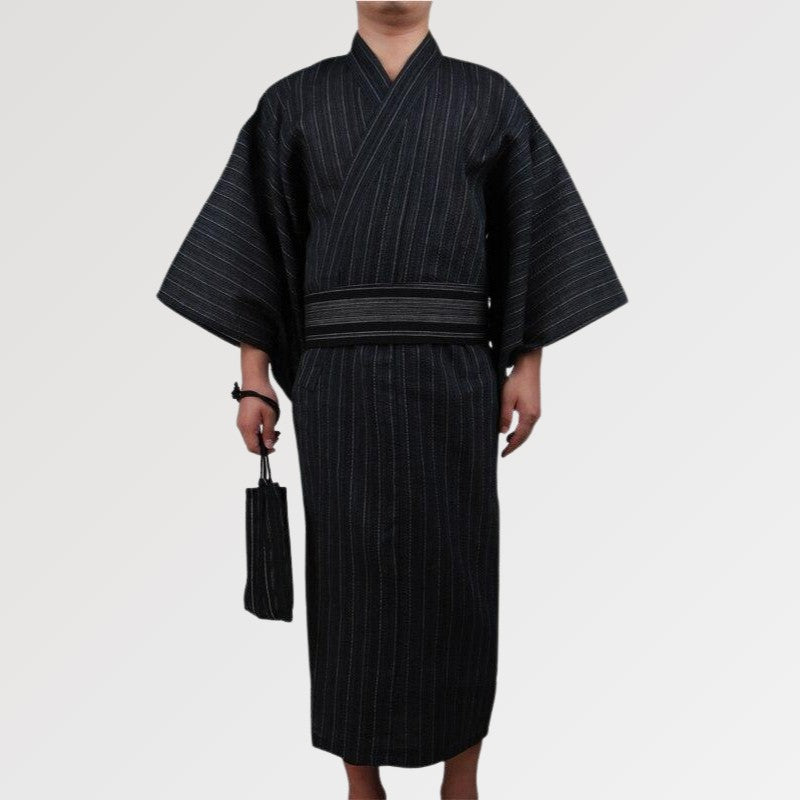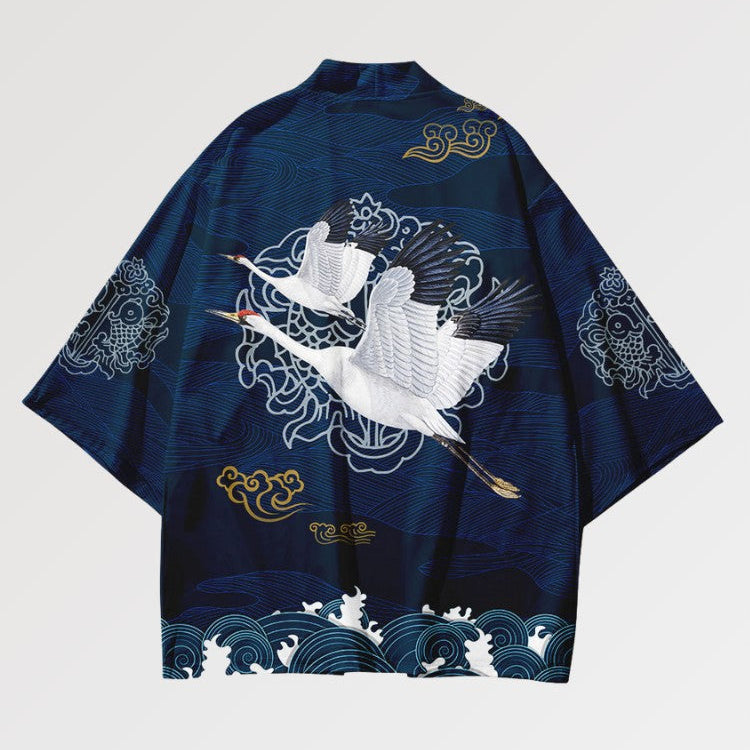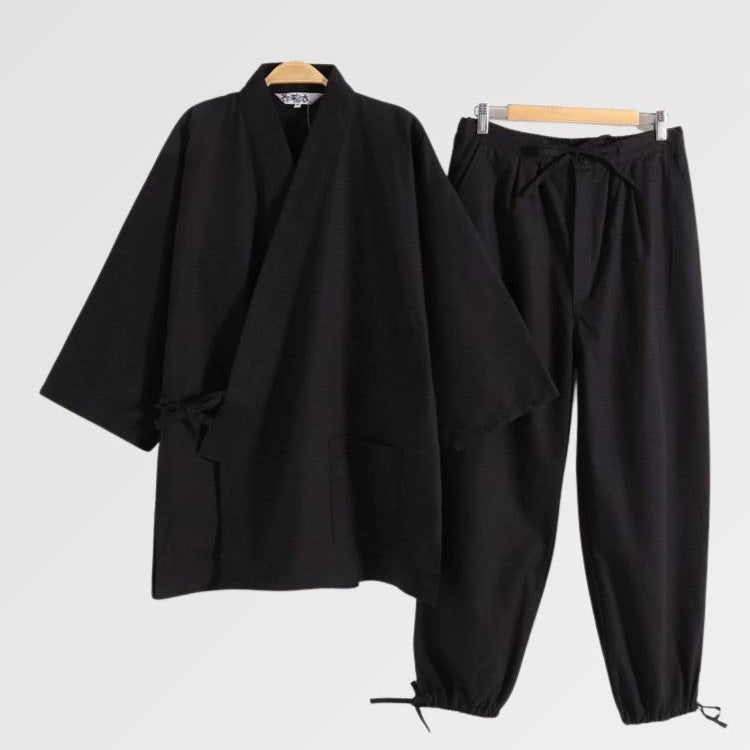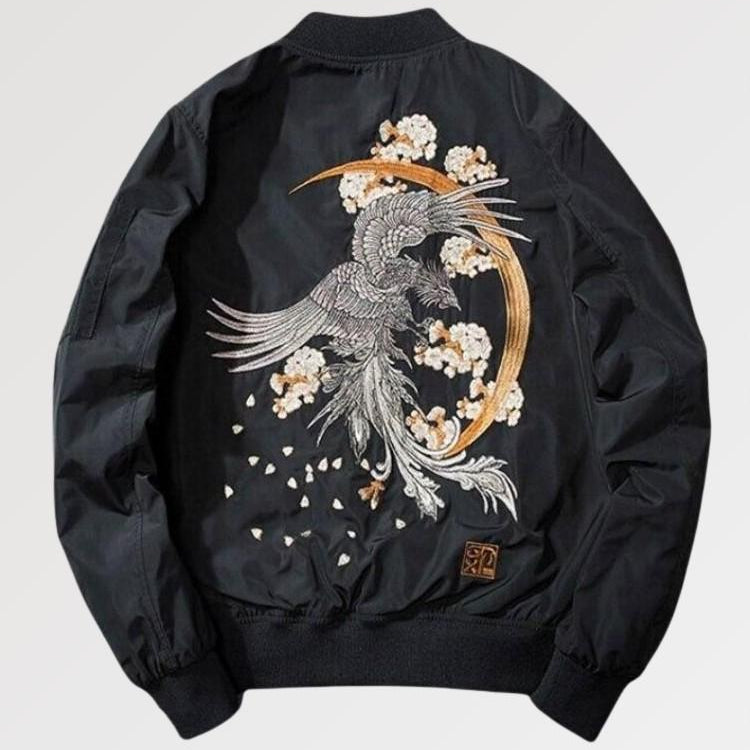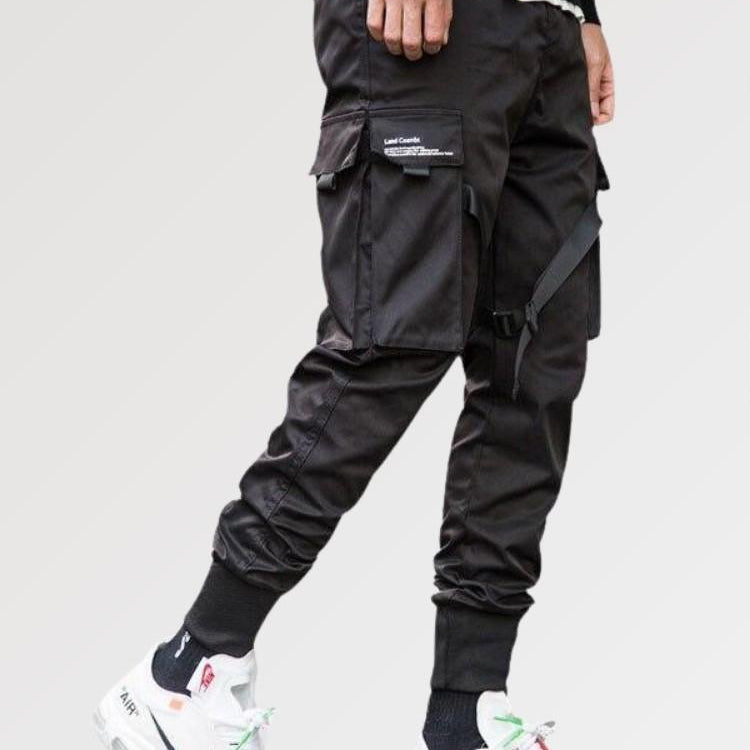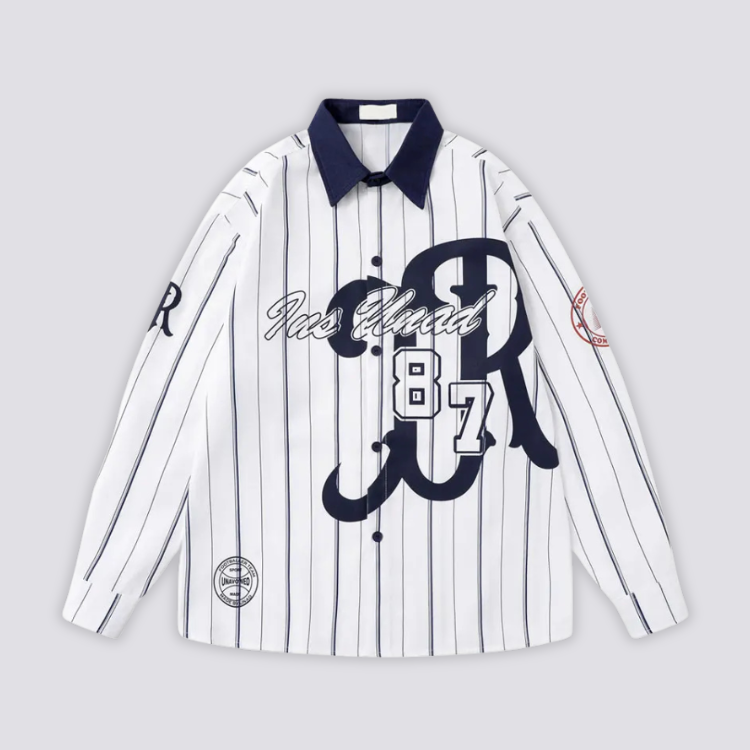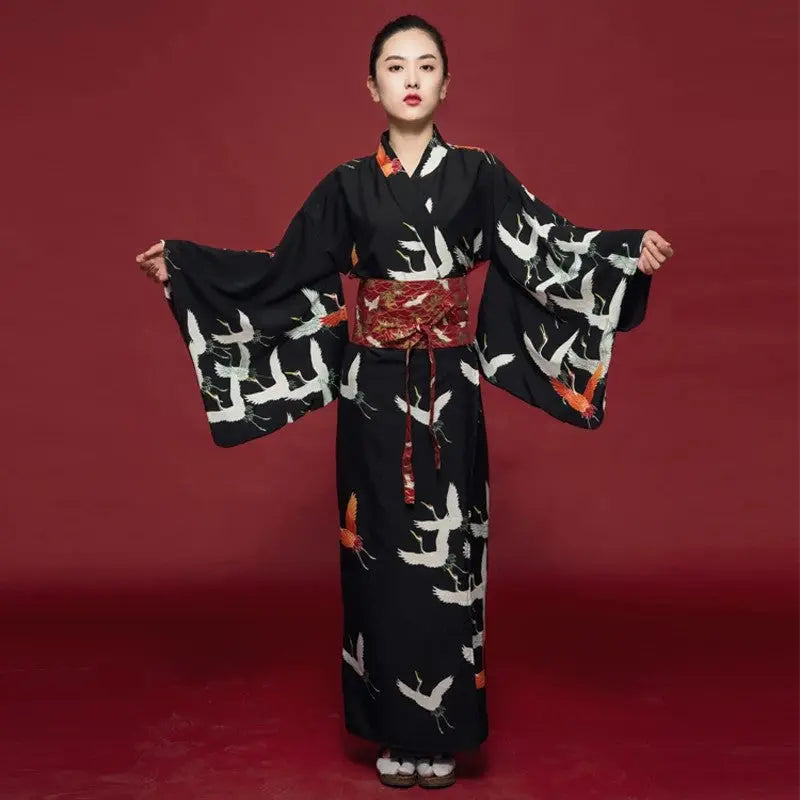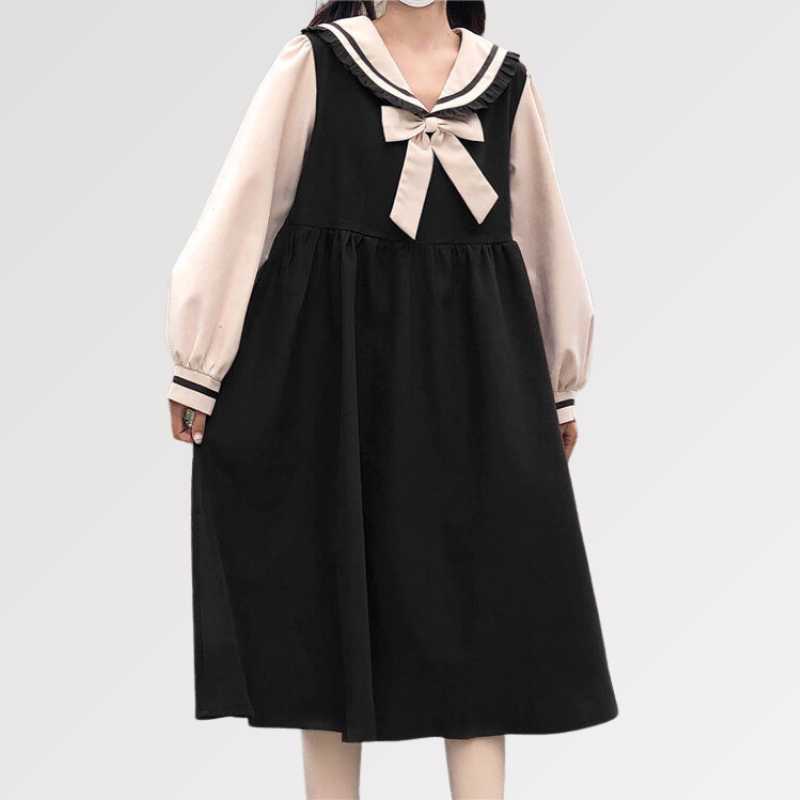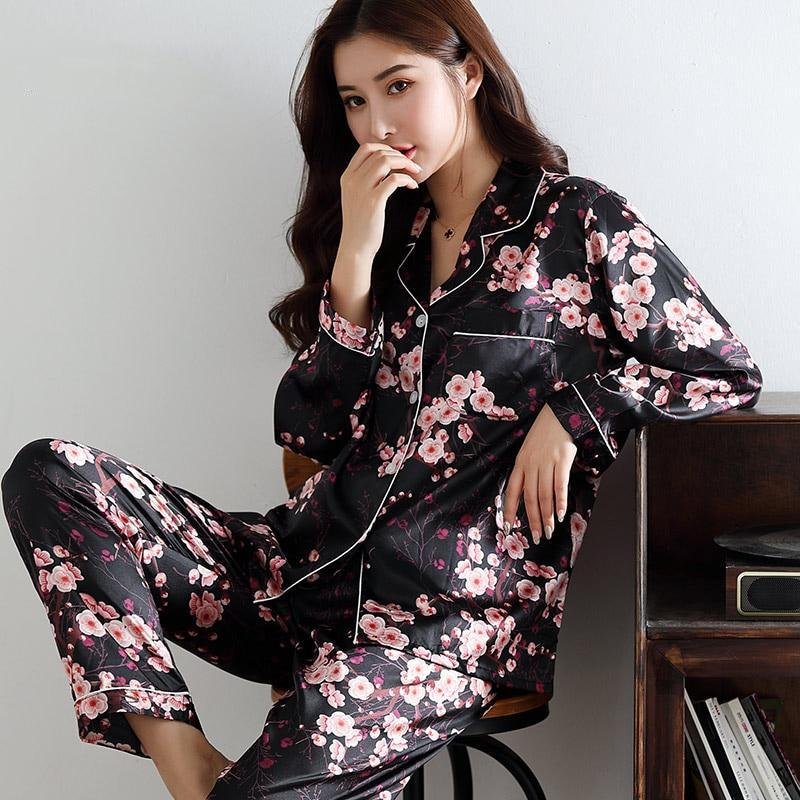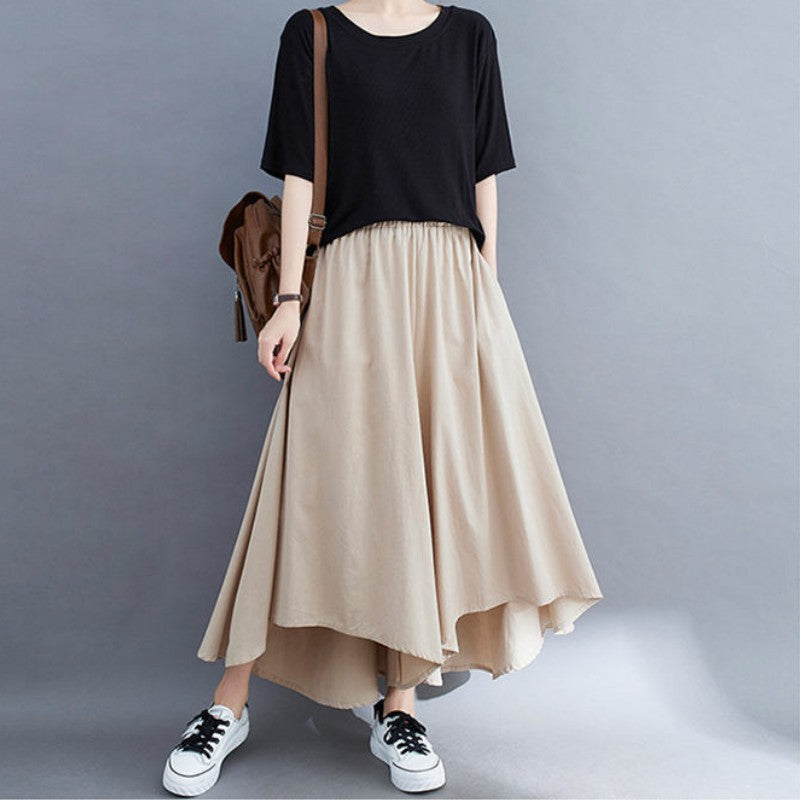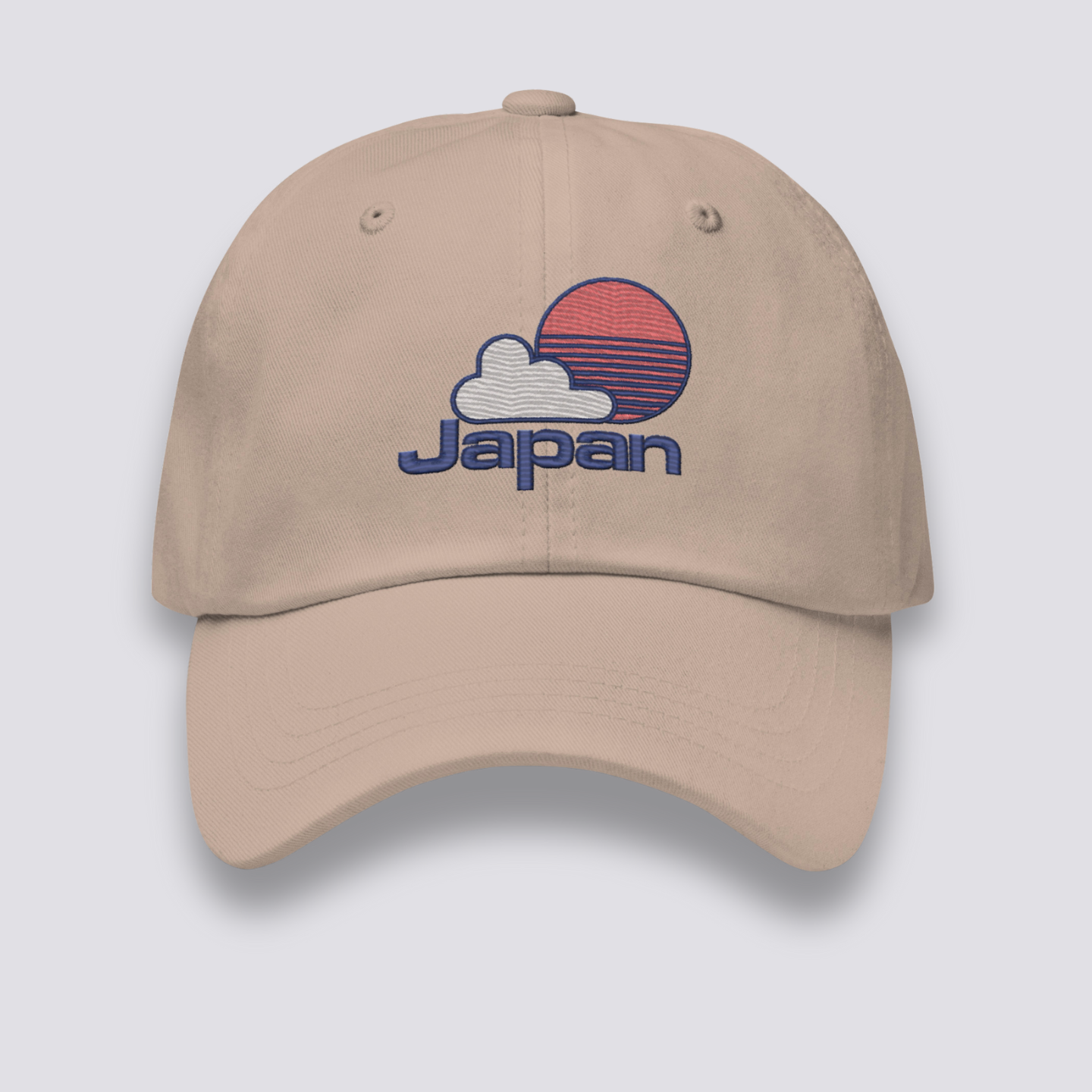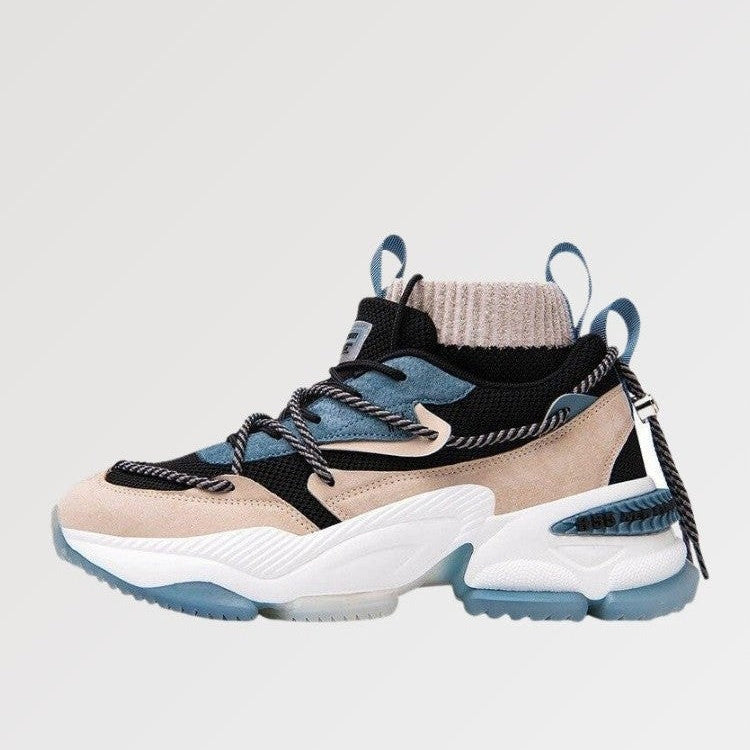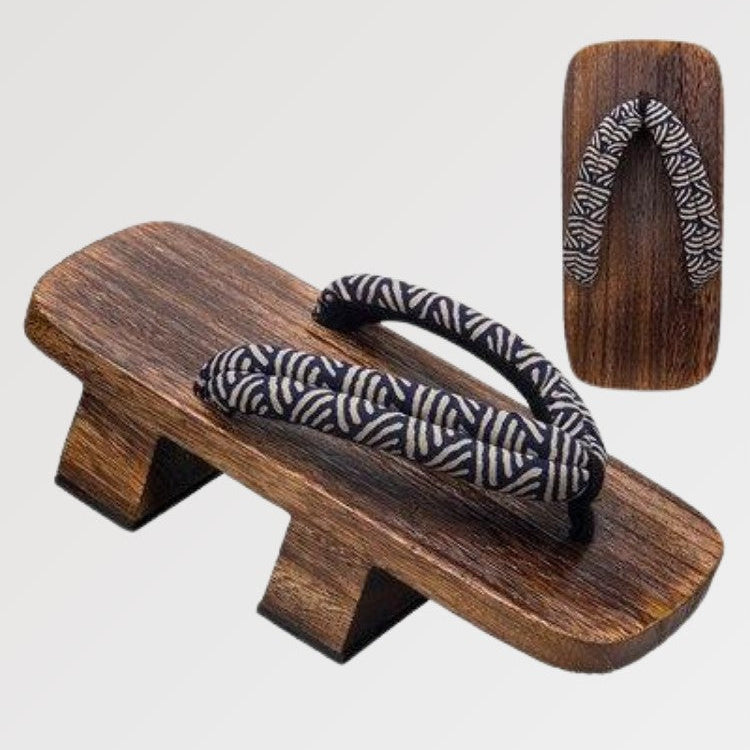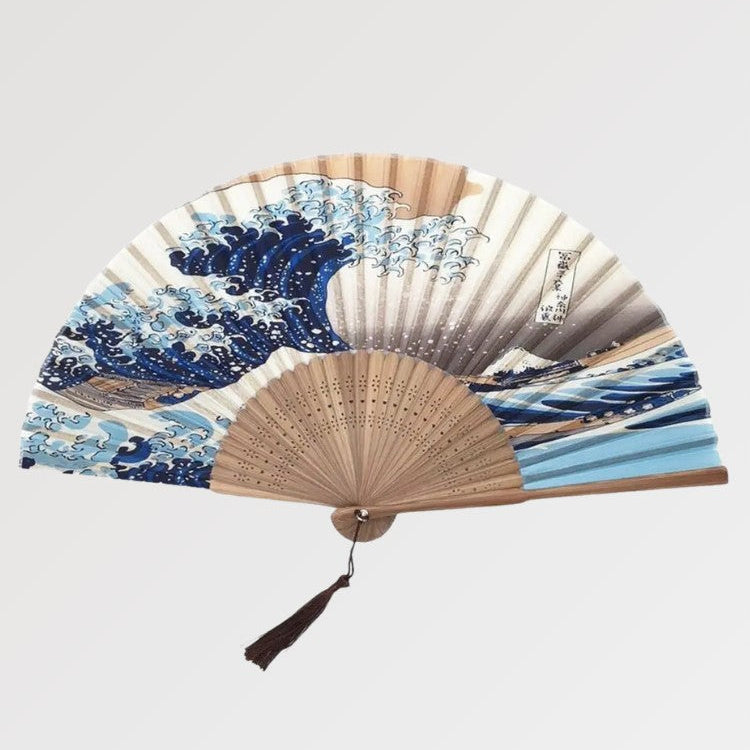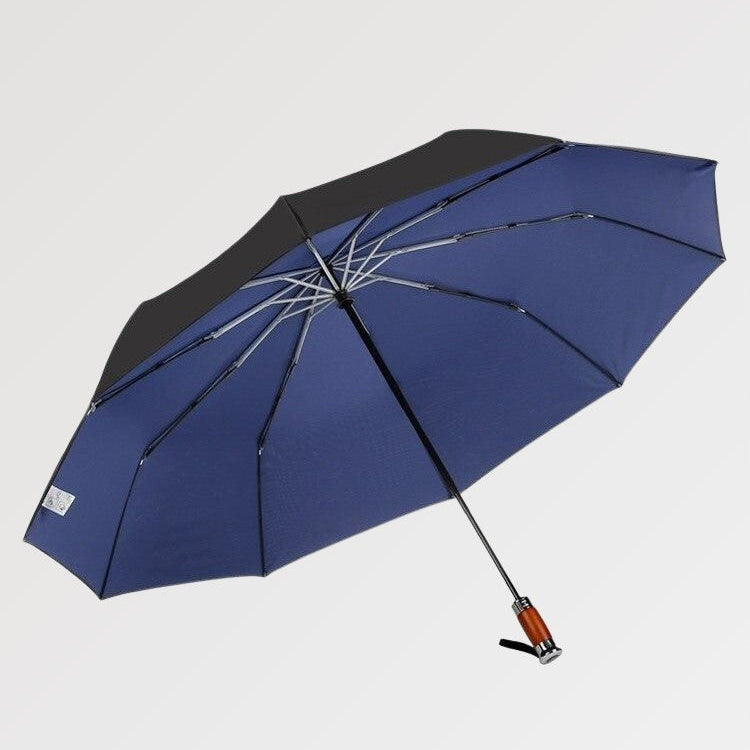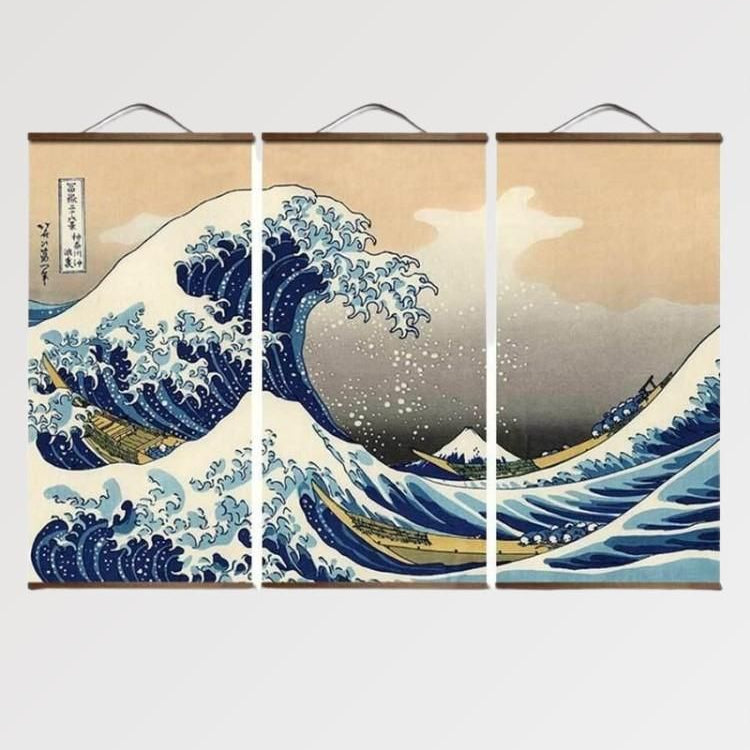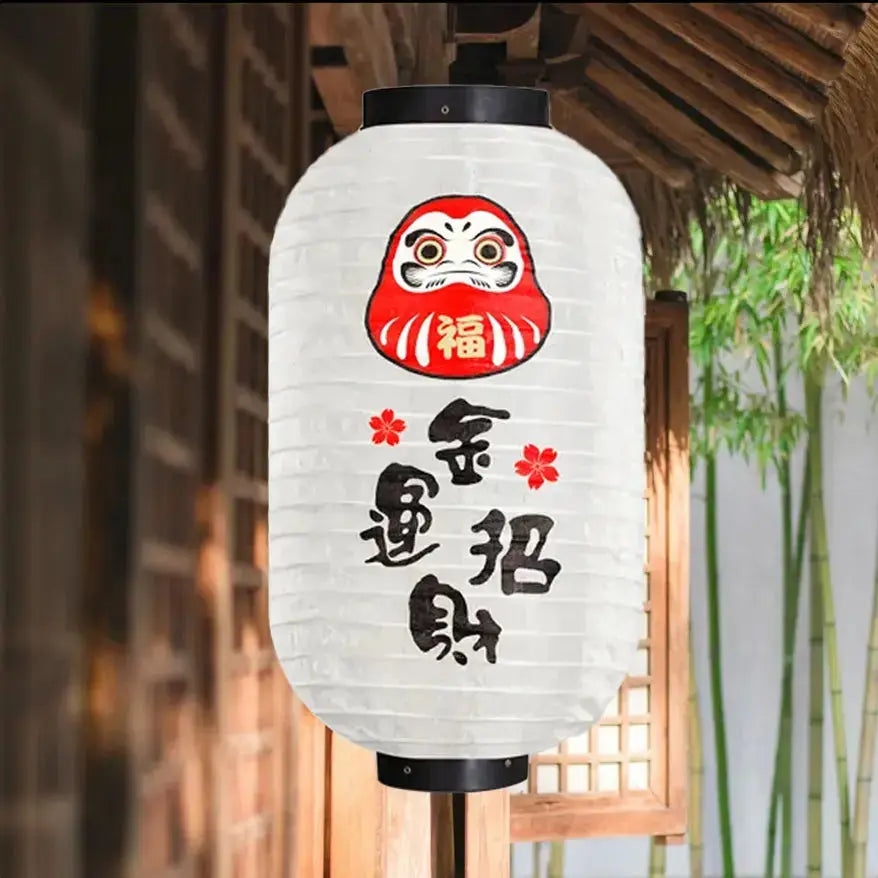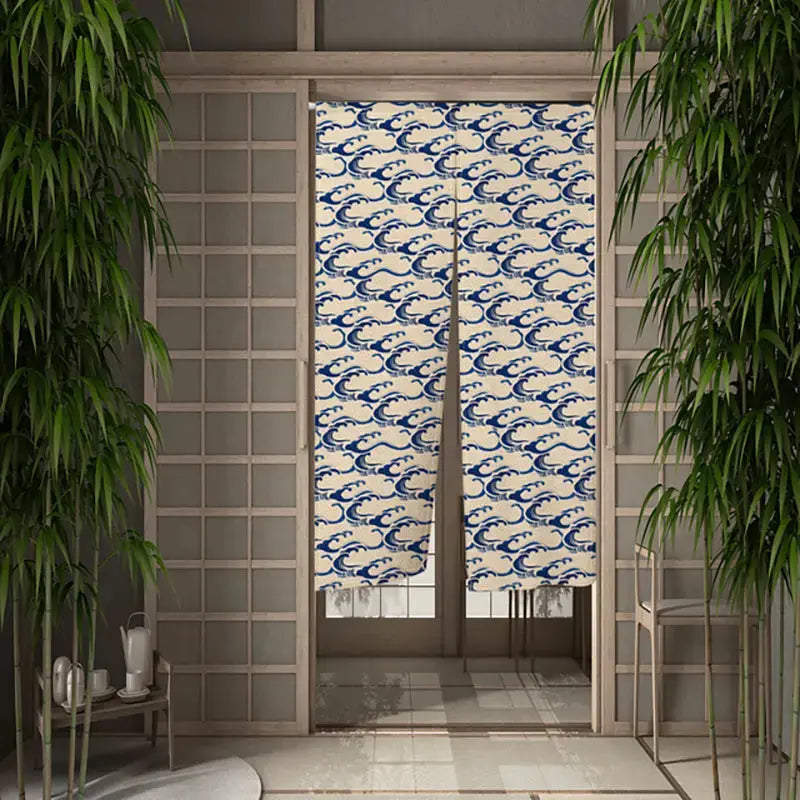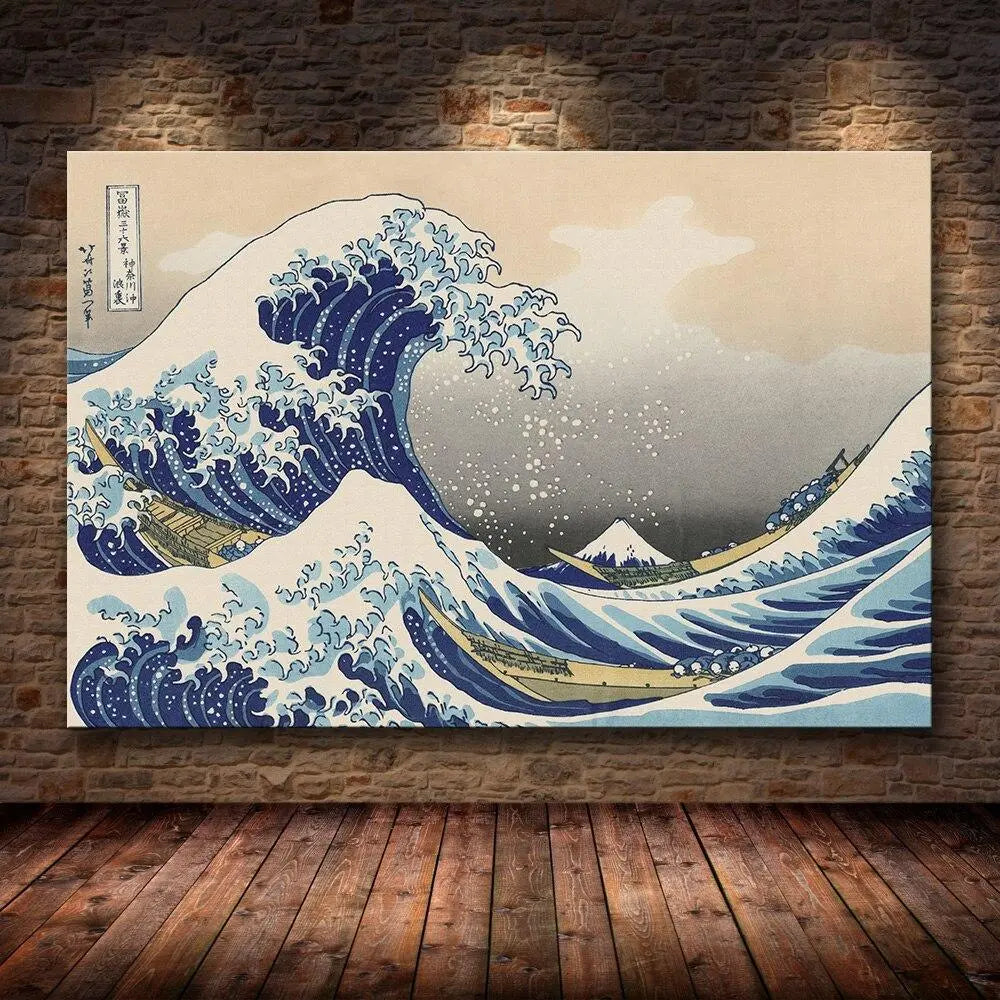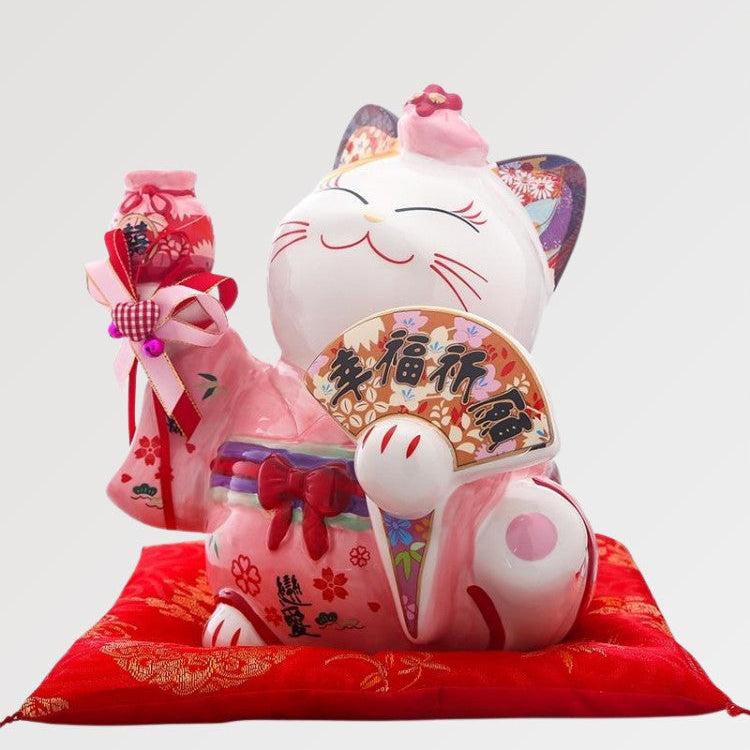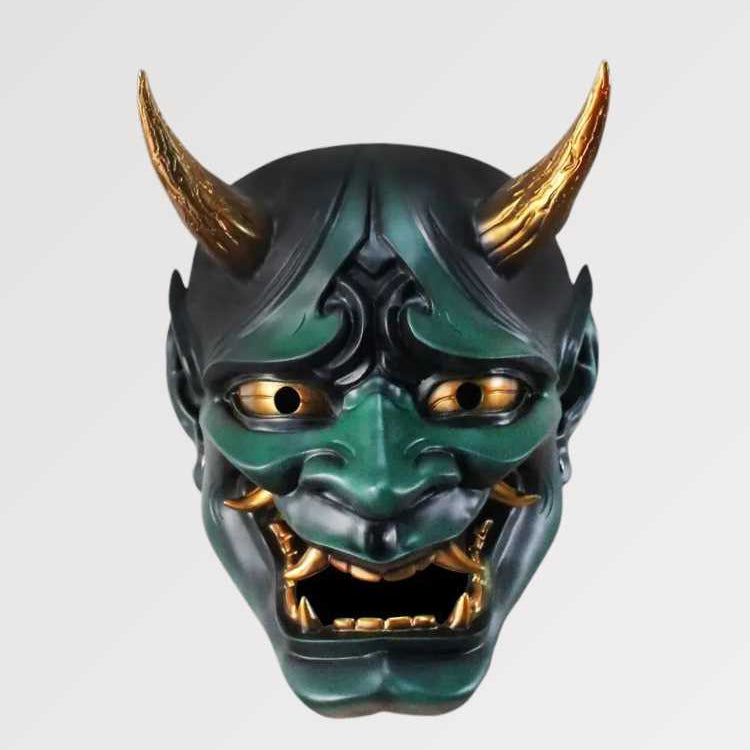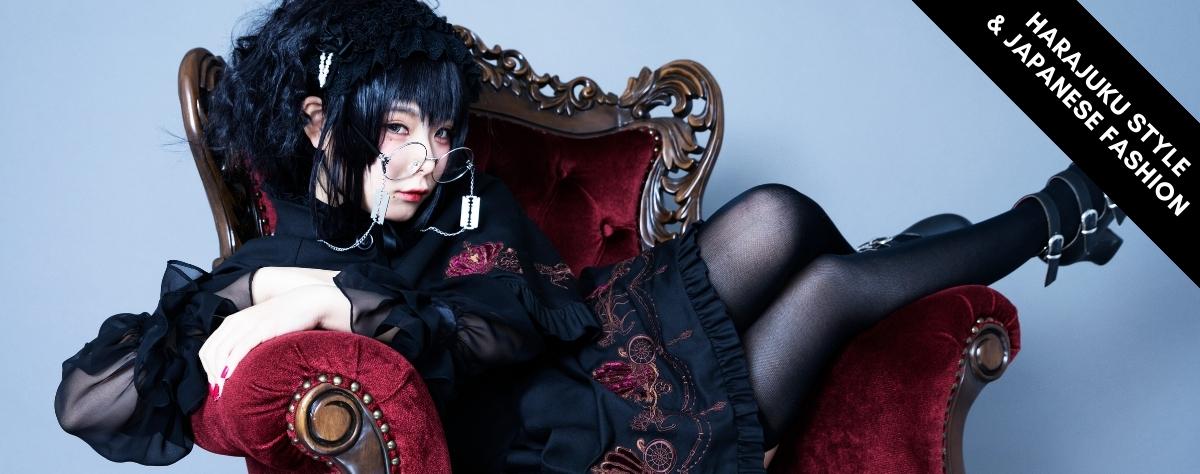The Harajuku style has existed since the early 1980s and became known in the West around 2000. The Harajuku style takes its name from the Harajuku district of Tokyo. In the beginning, the youth of the district occupied the streets, dressed in unique and colorful outfits. The first craze was to mix traditional Japanese clothing with Western clothing. The message that these Harajuku youth were sending is that they don't care about traditional fashion. They want and can dress as they want.

Harajuku fashion is a movement that opposes the strict rules of society and the pressure to fit into the norm. Harajuku style today represents many different things and although many trends come and go, Harajuku fashion remains.
Let's take a look at the different styles present in the alleys of Harajuku, but also in the other districts of Tokyo like Aoyama, Ginza, Odaiba, Shinjuku and Shibuya
LOLITA

Containing many different styles within its borders, Lolita has become one of the most important and recognizable styles in Japanese street fashion and has gained a worldwide audience. Skirts or dresses are usually worn at or below knee length, with petticoats underneath for volume. Blouses or tops are trimmed with lace or ruffled in the Victorian or Rococo style. Socks or stockings can be ankle to thigh length and can be topped with lace. Fans of this fashion style often wear Mary Janes or boots. The most famous sub-styles of Lolita fashion are:
LOLITA GOTHIQUE

Gothic Lolita is a Lolita with a strong influence of Eastern Gothic and Victorian style. Often characterized by dark colors and accessories adorned with motifs such as skeletons, bats, spiders and other popular gothic "icons", such as characters from Tim Burton's films. Iron gates and Victorian-era architectural motifs are also often found in clothing prints. Caps, rectangular headpieces and brooches are popular accessories for the Gothic Lolita.
SWEET LOLITA

Sweet Lolita is the most childlike style, mainly characterized by baby animals, fairy tale themes and innocent, childlike clothing. It was originally inspired by Victorian children's clothing and the widespread kawaii culture in Japan. Pastel colors are often used, although some dresses or skirts may also feature darker or more subdued colors. Big bows on the head, pretty handbags and stuffed animals are the most popular accessories of the Sweet Lolita style.
CLASSIC LOLITA

The theme of this sub-style is closer to the historical fashion of the Victorian or Rococo era. The colors used in this look are usually muted, giving this sub-style a more mature look. Floral prints and solid colors are common, although more sophisticated prints are not unusual either. Small ribbons, bonnets, rectangular hairstyles and hair corsets are popular accessories for the classic Lolita.
PUNK LOLITA

An experimental style, mixing influences from Punk and Lolita. It can sometimes look deconstructed or crazy, while retaining most of the "Lolita silhouette".
KODONA

Kodona, aka "boy style" and ouji, is a more masculine counterpart to lolita, influenced by Victorian boy's clothing. "Prince pants," which are short capri-style pants cut at the knee, usually with details (such as serrated cuffs), are usually worn with men's blouses, top hats, knee socks, etc.
GYARU

Gyaru, sometimes called ganguro, which is actually a subcategory of gyaru, is a type of Japanese street style that originated in the 1970s. Gyaru focuses on girly-glam style, dwelling on artificial beauty (wigs, fake eyelashes, fake nails, etc.). ). Gyaru is also strongly inspired by Western fashion.
GANGURO

The ganguro style of Japanese street fashion became popular among Japanese girls in the early 1990s and reached its peak in the early 2000s. Ganguro is part of the larger subculture of gyaru fashion. Ganguro typically includes brightly colored outfits, mini skirts and tie-dyed sarongs. The ganguro style consists of bleached hair, deep tan, false eyelashes, black and white eyeliner, bracelets, earrings, rings, necklaces and platform shoes.
Many people assume that Namie Amuro was the figurehead of the ganguro style. Right after her public appearances with tanned skin and dyed hair, many Japanese girls started to follow her example. The terms Yamanba and Manba refer to the ganguro style extremist. However, Yamanbas and Manbas consider ganguros as a "simplified version" of their style. Today, the name Yamanba has been shortened to Manba.
KOGAL

The kogal (kogyaru) look is based on a high school uniform, but with a shorter skirt, loose socks, and often dyed hair and also a scarf. Girls are sometimes called gyaru (girls). This style was very common in the 1990s, but has since declined.
BŌSŌZOKU
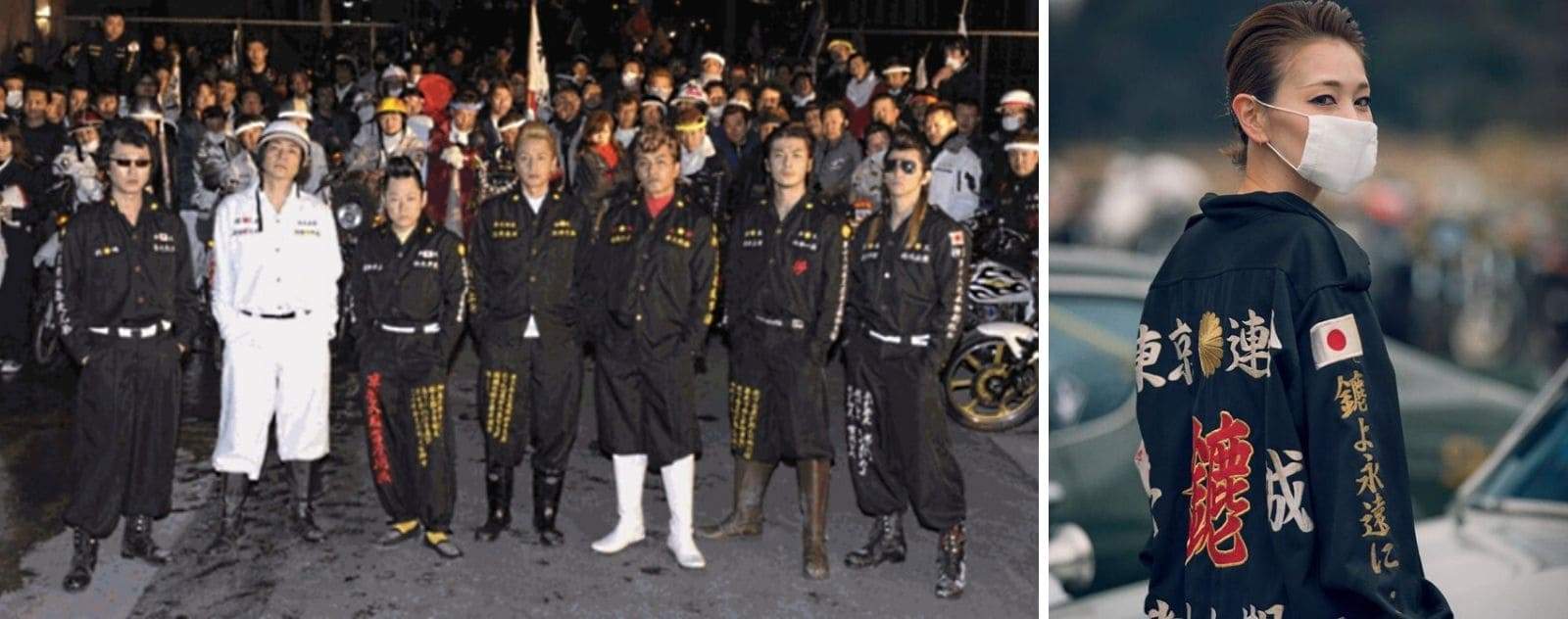
Si la mode sur bōsōzoku n'est plus populaire depuis les années 1990, le look stéréotypé de bōsōzoku est souvent représenté, et même caricaturé, dans de nombreuses formes de médias japonais comme les anime, les mangas et les films. Le modèle typique de bōsōzoku est souvent représenté dans un uniforme composé d'une combinaison comme celles portées par les travailleurs manuels ou d'un tokko-fuku (特攻服), un type de pardessus militaire portant des slogans kanji. Ces derniers sont généralement portés ouverts, sans chemise en dessous, montrant des torses bandés et un pantalon baggy assorti, replié à l'intérieur de grandes bottes.
DECORA

The Decora style was born in the late 1990s, early 2000s and has become very popular both in Japan and abroad. It is exemplified by singer Kyary Pamyu Pamyu, who made her mark on the Harajuku fashion scene before her music debut.
Followers usually stick to color ranges for their Decora, for example Pink Decora, Red Decora, Dark Decora and Rainbow Decora. A plain shirt and hoodie were often worn with short tutu-like skirts. Hair (often worn in a low ponytail with long bangs) and makeup tended to be fairly plain. However, the most important part of the decorating is to pile on layers of cute accessories until the bangs and front hair are barely visible.
Stockings, leggings, armbands and knee socks are also worn on top of each other in different layers. The most common details are leopard prints and patterned dental masks. This style has lost popularity since then, but it is still very popular around the world.
VISUAL KEI

Visual kei is a style created in the mid-1980s by Japanese musicians, which consists of striking makeup, unusual hairstyles and flamboyant costumes, similar to Western glam rock and glam metal. Androgyny is also a popular aspect of this style. There are many sub-parts to the Visual Kei style, including Oshare kei, Angura kei, Cult party kei, Dolly kei and Fairy kei.
OSHARE KEI
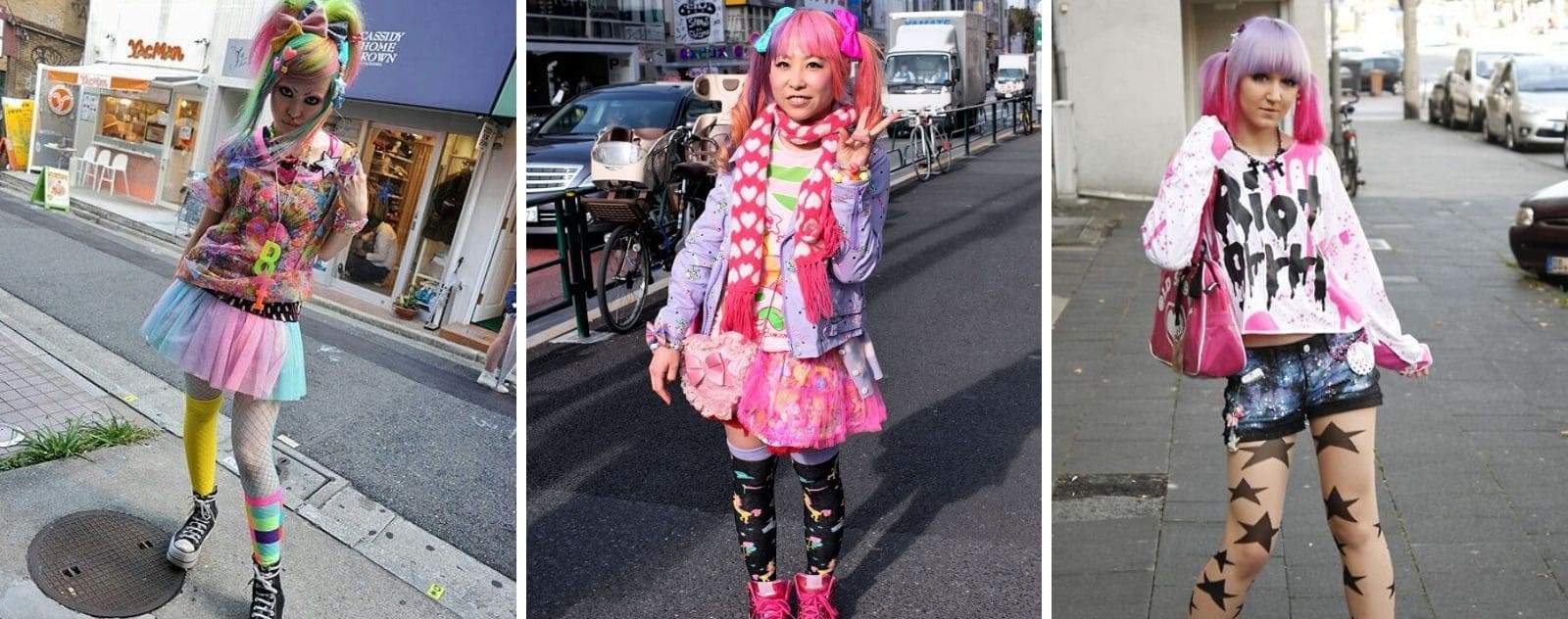
Oshare kei is a version of Visual kei and is considered the most fashionable and cutting edge of the styles. The style focuses a lot on mixing different patterns, bright colors and punk elements to create a unique look. Unlike Visual kei, the makeup is a bit more nuanced and focuses more on the eyes alone. Facial piercings are also common. Like Visual kei, Oshare kei has been largely influenced by musical artists. These include An Cafe, Panic Channel, Ichigo69, Lolita23q, SuG, Delacroix, LM.C and Aicle.
ANGURA KEI

Angura kei is the darkest style of visual kei. The clothes of this style are usually black, but with spikes and chains. The makeup is dark and heavy. This style has been compared to the modern gothic style. Like the other two styles mentioned, Angura kei is heavily influenced by the underground music of the same name. Some of the best known are MUCC, Floppy, Guniw Tools, Metronome and Nookicky.
CULT PARTY KEI

Cult party kei, which takes its name from the Harajuku Cult Party store (now known as Virgin Mary), is a relatively new style that is based on Western religious objects such as crosses or bibles. Common elements include wire crosses, layers of softly colored fabric, lots of cream lace, satin bows and biblical prints. The makeup and hair are not as over the top as other styles. In fact, Cult party kei is often worn with natural looking makeup without more emphasis on the eyes and simple hairstyles with roses. Cult party kei is considered by some to be a subset of dolly kei.
DOLLY KEI

Dolly kei is a style based on the Japanese vision of the Middle Ages and European fairy tales, especially the Brothers Grimm and Hans Christian Andersen. It includes a lot of vintage style clothing and sometimes includes religious symbols. Grimoire is a store in Japan that has been described as "the pioneer store of Dolly-kei fashion".
FAIRY KEI

A childish style, based on the fashion of the 1980s. Outfits consist of pastel colors (such as lavender, baby blue, light pink, mint green, pale yellow, etc.), angels, generally cute toys and patterns, and elements and accessories from the Western toy lines of the 1980s and early 1990s, such as Polly Pocket, My Little Pony, Strawberry Shortcake, Rainbow Brite, Popples, Lady Lovely Locks, Barbie, Wuzzles and Care Bears.
Pastel colored hair is common, although natural hair is also popular. The hair is usually simple and decorated with anything cute or pastel, bows are a common theme. The term "fairy-kei" comes from Zipper magazine (although it is believed to have been created by Sayuri Tabuchi, the owner of the Tokyo fashion store Spank! who accidentally created the style).
MORI KEI

Mori (meaning forest) fashion uses soft, loose-fitting layers of clothing, such as flowing dresses and cardigans. It emphasizes natural fabrics (cotton, linen, wool) and handmade or vintage nature-themed accessories. The color palette tends to be light and neutral, but patterns such as gingham and florals can also be used. In terms of hairstyles, bangs (often curly) and braids are very popular. The style is similar to dolly kei in that the goal is to create a doll-like appearance, but in a more casual, down-to-earth way.
KIMONO STYLE

Japanese fashion is influenced by historical culture. You can still see Japanese people wearing kimonos on the street in Japan, especially in Ginza. In addition, they still maintain the culture of wearing kimonos for special and important events, such as graduations, weddings, etc. The younger generation in Japan also accepts mixing kimono and modern style of Japanese clothing in fashion. They usually mix their own style with kimono, such as wearing designer bags instead of the traditional basket, wearing high heels instead of clogs.
